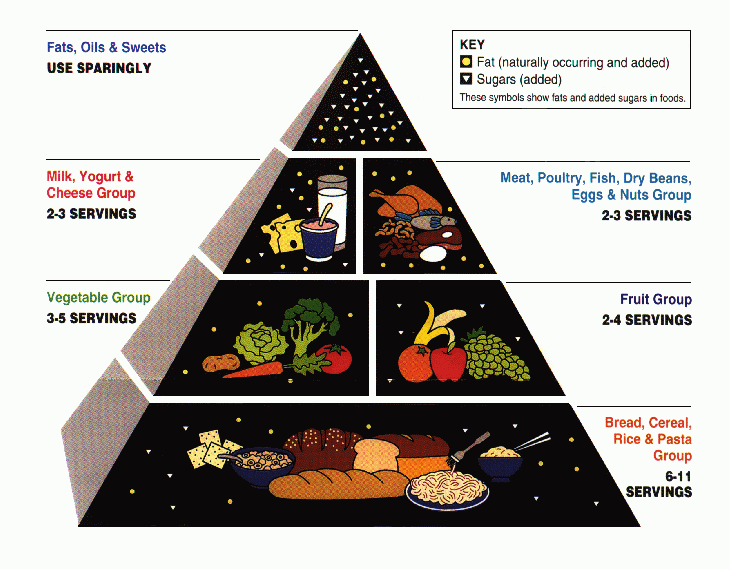REGURGITATION AND FOOD ALLERGY IN INFANTS AND YOUNG CHILDREN.
} Regurgitation is sudden, effortless
expulsion through the mouth of a small quantity (5 to 10 ml) of gastric fluid
mixed with food usually as a result of ineffectiveness of anti-reflux barrier.
} Regurgitation could be simple
regurgitation (most common) or pathological (Gastroesophageal reflux - GER)
regurgitation.
Simple Regurgitation
} Simple regurgitation is different
from GER because;
◦
A
few ml in quantity is regurgitated
◦
Postprandial (after meals). It occurs usually after feeding or eating.
◦
Occurs during burping. May occur during laying the child on the shoulder
◦
Never occurs during sleep. Unlike pathologicl reggurgitation, simple regurgitation does not occur while the baby or child is asleep
◦
Isolated, no concomitant symptoms.
◦
Transient.
} Causes of Regurgitation
◦
Inappropriate
relaxation of lower oesophageal sphincter: Usually feeding, when the child is not sitting properly after feeding or eating, regurgitation may occur, because the oesophageal sphincter (a door like structure that opens up for food to move down from osesophagus to the stomach, and prevents its return), its not fully matured (as a matter of fact, most of the organs of the baby is still developing at this stage). As a result, when a child lies down or tun head upside down immediately after feeding, this 'door like sturcture' may open into oaesophagus, leading to regurgitation. .
◦
Gastric
emptying: The rate at which the food leaves the stomach is important. Usually food stays aboyut two hours in an average adult, this is shorter in children, for example gastric emptying time of milk is about 48 minutes. However, when fed on foods other than milk, and there is delay in the food transition from stomach to the next channels, regurgitation may occur.
} Factors promoting Regurgitation
◦ Large meal: This may increase the gastrc emptying time, by slowing down the rate.
◦ Caloric (energy content) of the meal: Too much calorie in a meal could also contribute to slowing down of the rate of emptying.
◦ Compression of abdomen by diaper: Whenever this happens, the oesophageal sphincter may be pushed open and results into return of the food.
} Management of Regurgitation.
◦
Reassure
the parents: If its simple regurgitation, mothers should be assure of no complications, however when it is Pathological, health care professional should be contacted for appropriate solution.
◦
Minimize
role of precipitating factors: Prevent compression of the abdomen by diaper or other things, and the baby /child lieing down immediately after feeding or eating.
◦
Dietary
measures: Monitor the caloric intake of the food, and serve small meal at a time. Food quide pyramid as well as food composition table should be used as a guide.
Food Allergy
} Food allergy corresponds to
reproducible symptoms occurring after ingestion of a specific food and
associated with an abnormal immunologic response (IgE or Non IgE dependent). In
other words, certain reactions due to consumption or feeding foods containing
allergens (substance that promote immune response), because they are
foreign/alien to the body. Food allergy is very common in infant and young
children.
◦
Food
allergens include; Cow’s milk protein, Soy’s protein, Egg, Fish, Peanut, and Other
foods (wheat, pepper, citrus, banana etc).
} Food allergy is different from Food
intolerance - a clinical
gastro-intestinal reaction to certain food in which there is no immunologic
mechanism. For example Lactose intolerance
} Factors promoting allergy include;
◦
family
history of allergy
◦
increased
intestinal permeability
◦
immune
system immaturity (IgA deficit )
◦
early
exposure to allergens, early weaning
} In Newborn, the chances of allergic risk is greatly influenced when;
◦
neither
parent is allergic 8-15%
◦
one
parent is allergic 20-40%
◦
a
sibling is allergic 25-30%
◦
both
parents are allergic 40-60%
◦
both
parents are allergic 60-80% with the same symptoms
} Generally, food allergy is characterized
by;
◦
Cutaneous
manifestation
◦
GIT
symptoms
◦
Respiratory
symptoms
◦
Anaphylatic
shock
} Management
◦
Breast
milk
◦
Hypoallergenic
formulas





